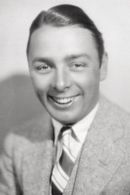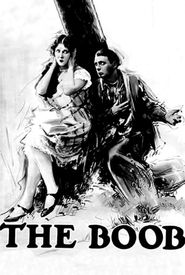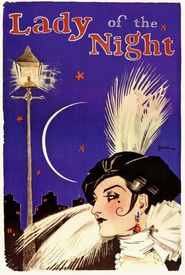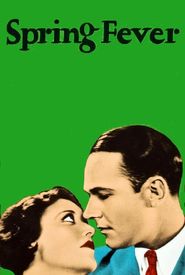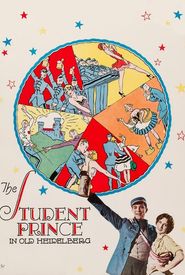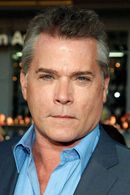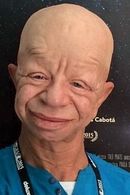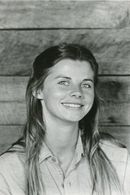George K. Arthur was born to a traveling salesman father and a department store demonstrator mother. He had to fend for himself from an early age, selling newspapers and working at starvation wages for a condiment manufacturer. Despite being underage, he escaped this life by joining the Bugle Corps at the onset of World War One, where he developed his comedic and singing skills.
After the war, Arthur enrolled in a dramatic school run by the wife of prominent Shakespearian actor Sir Frank Benson, where he adopted the stage name George K. Arthur. He made his professional debut as a spear-carrier in a production at the Memorial Theatre at Stratford-on-Avon and soon played minor parts in Benson's West End Shakespearian productions.
Arthur's big break came when he was cast as the title role in the 1921 film "Kipps" directed by Harold M. Shaw. The film's success led to two more films with visiting American star Mae Marsh and dreams of Hollywood. He left behind a newly-acquired wife, Milba Lloyd, and sailed to America, where he was received with indifference by American film makers.
Arthur turned to Charlie Chaplin for help, who found him a role in a John Gilbert film at Fox. He then persuaded director James Cruze to give him a prominent part in his all-star production of "Hollywood" (1923),a film that is now one of the most eagerly sought-after "lost" films of the silent era.
Arthur's career continued to rise, and he secured a five-year contract with producer Pat Powers. However, Powers' venture collapsed, and Arthur was forced to operate a grocery store and remodel houses to make ends meet. He eventually managed to finance his own low-budget film, "The Salvation Hunters" (1925),which was a critical success and launched the career of director Josef von Sternberg.
Arthur's personal life was marked by romantic relationships with Renée Adorée and Jean Arthur, and he was a frequent visitor to San Simeon. He continued to work in film, pairing with Karl Dane in a series of light comedies, but eventually found himself desperate for work. He turned to theatrical production, opening a short-lived Grand Guignol theatre in Hollywood and a more ambitious venture in partnership with E.E. Clive.
After a final film appearance in "Vanessa, Her Love Story" (1935),Arthur wound up working as a film salesman in Michigan and then as a theatrical reviewer on Station WQXR. He also published a magazine guide to New York theatre and night life.
Following Pearl Harbor, Arthur joined the Air Force as a private and spent the war years organizing shows for the troops. After the war, he tried to revive his magazine, but with little success. He reinvented himself as a producer and distributor of short films for television, which provided him with a comfortable living until the 1960s.
